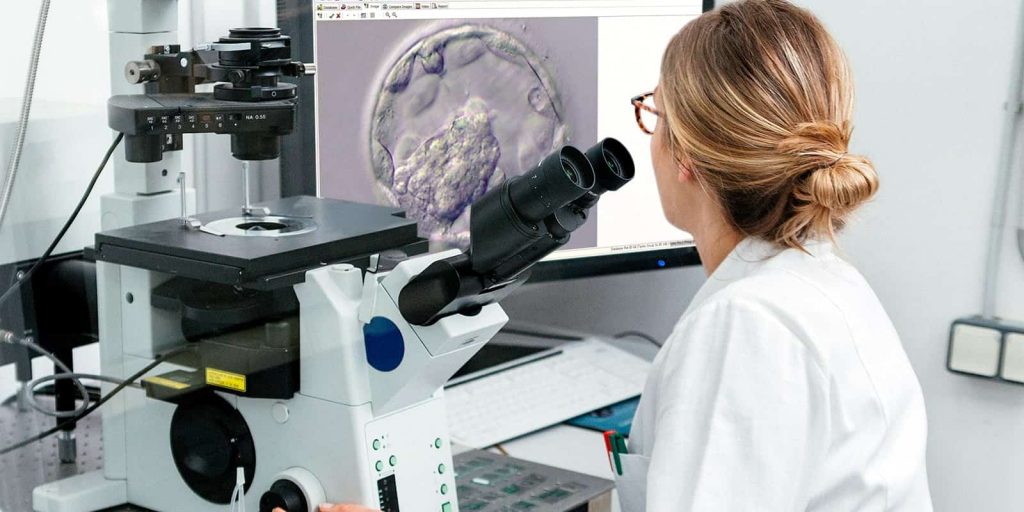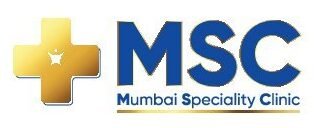
Laser Assisted Hatching (LAH) is a technique used in assisted reproductive technology to enhance the implantation potential of embryos during in vitro fertilization (IVF). In LAH, a focused laser is used to create a small opening in the outer shell (zona pellucida) of the embryo, facilitating the embryo’s ability to hatch and implant into the uterus. This method is particularly beneficial for embryos with a thick zona pellucida, as it may improve their chances of successfully attaching to the uterine lining. Laser Assisted Hatching is employed to optimize conditions for embryo implantation and increase the likelihood of a successful pregnancy.
Symptoms
Laser Assisted Hatching (LAH) itself does not cause symptoms. It is a technique used in assisted reproductive technology during in vitro fertilization (IVF). Individuals undergoing IVF may experience mild discomfort or bloating from the standard procedures, but specific symptoms related to LAH are generally not evident.
Causes
Laser Assisted Hatching (LAH) is employed in assisted reproductive technology when the zona pellucida, the outer layer of the embryo, is deemed thick or resistant. This procedure aims to enhance the embryo’s ability to hatch and implant during in vitro fertilization (IVF), potentially addressing implantation challenges associated with a thick zona pellucida.
Rehabilitation
Laser Assisted Hatching (LAH) typically does not require specific rehabilitation. After the procedure, individuals can resume normal activities. The focus is on monitoring the progress of the IVF cycle, with potential embryo implantation improvements. Emotional support may be beneficial, recognizing the unique aspects of undergoing assisted reproductive techniques.
Laser Assisted Hatching F&Q
LAH is a technique in assisted reproductive technology where a focused laser creates a small opening in the outer shell (zona pellucida) of embryos during in vitro fertilization (IVF).
LAH is used to enhance the implantation potential of embryos, particularly those with a thick zona pellucida, by facilitating their ability to hatch and implant.
LAH itself does not cause specific symptoms. Any discomfort or bloating is typically associated with standard IVF procedures rather than the LAH technique.
LAH is considered when the zona pellucida is deemed thick or resistant, potentially addressing implantation challenges in certain IVF cases.
LAH typically does not require specific rehabilitation. Individuals can usually resume normal activities after the procedure.
LAH aims to optimize conditions for embryo implantation by creating a small opening in the zona pellucida, potentially increasing the likelihood of successful embryo attachment and a subsequent pregnancy.










